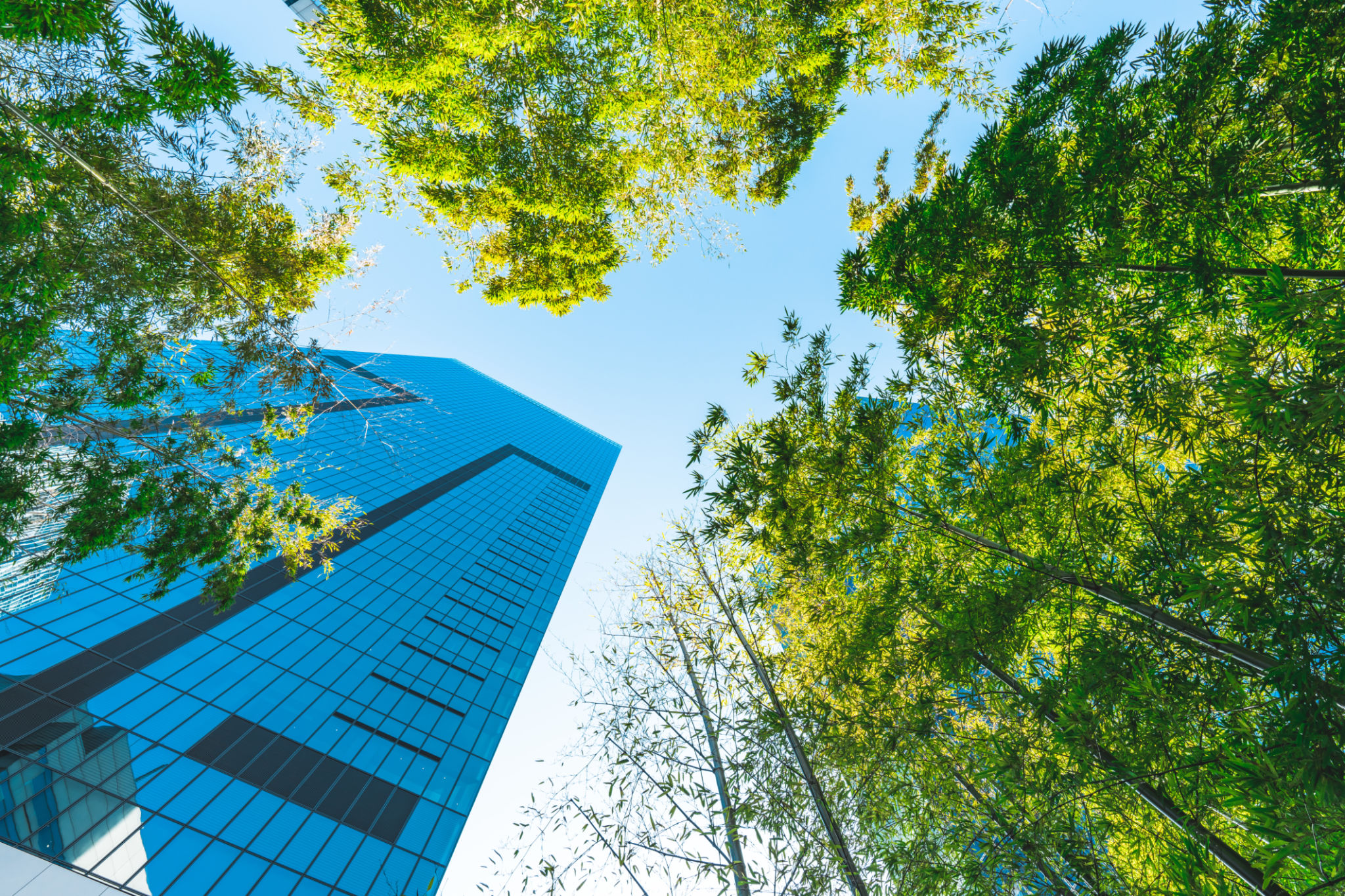Designing Sustainable Homes in Lisbon: Trends and Tips
Embracing Sustainability in Lisbon's Architecture
Lisbon, a city renowned for its stunning architecture and rich history, is becoming a beacon for sustainable home design. With an increasing focus on environmental responsibility, architects and homeowners alike are seeking ways to build that are not only beautiful but also eco-friendly. This trend is reshaping the urban landscape, making Lisbon a leader in sustainable living.

Incorporating Eco-Friendly Materials
One of the most significant trends in sustainable home design is the use of eco-friendly materials. Builders are opting for materials like bamboo, reclaimed wood, and recycled metal, which reduce the carbon footprint of construction. These materials not only contribute to environmental preservation but also add a unique character to homes, blending modernity with tradition.
Moreover, using locally sourced materials minimizes transportation emissions and supports local economies. This approach is particularly appealing in Lisbon, where traditional Portuguese tiles and stones can be repurposed to create stunning, sustainable homes.
Energy Efficiency: A Key Component
Energy efficiency is at the heart of sustainable home design. In Lisbon, many homeowners are installing solar panels to harness the abundant sunlight, reducing dependency on non-renewable energy sources. The installation of high-performance windows and insulation further enhances energy conservation by maintaining optimal indoor temperatures.

Additionally, smart home technologies are gaining popularity, allowing residents to monitor and manage their energy usage more effectively. These systems can significantly decrease energy consumption, leading to both cost savings and a reduced environmental impact.
Water Conservation Techniques
Water conservation is another critical aspect of sustainable home design. In Lisbon, where water resources can be scarce, implementing rainwater harvesting systems is becoming increasingly common. These systems collect and store rainwater for household use, reducing the demand on municipal water supplies.
Low-flow fixtures and appliances also play a vital role in minimizing water usage without sacrificing performance. Such innovations make it easier for homeowners to conserve water and contribute positively to the environment.

Designing for Natural Ventilation
Natural ventilation is a cornerstone of sustainable homes in Lisbon. The city's temperate climate allows for designs that maximize airflow and reduce reliance on air conditioning. Strategic placement of windows and doors facilitates cross-ventilation, creating comfortable living environments while saving energy.
Furthermore, integrating green spaces such as rooftop gardens or courtyards can enhance natural cooling effects, providing both aesthetic and environmental benefits.
Community and Cultural Integration
Sustainable home design in Lisbon isn't just about individual homes; it's about fostering community and cultural integration. Many new developments focus on creating communal spaces that encourage interaction and social cohesion. This approach not only enriches community life but also supports sustainable urban development.

Preserving cultural heritage while advancing sustainability is a delicate balance that Lisbon is mastering. By respecting traditional architectural styles and incorporating modern sustainable practices, the city is setting an example for others worldwide.
The Future of Sustainable Living in Lisbon
As Lisbon continues to innovate in sustainable home design, it sets an inspiring precedent for other cities. The blend of tradition with modern sustainability practices not only enhances the quality of life for residents but also preserves the environment for future generations.
By embracing these trends and tips, homeowners in Lisbon can contribute to a more sustainable future while enjoying the unique beauty and cultural richness that the city has to offer.
